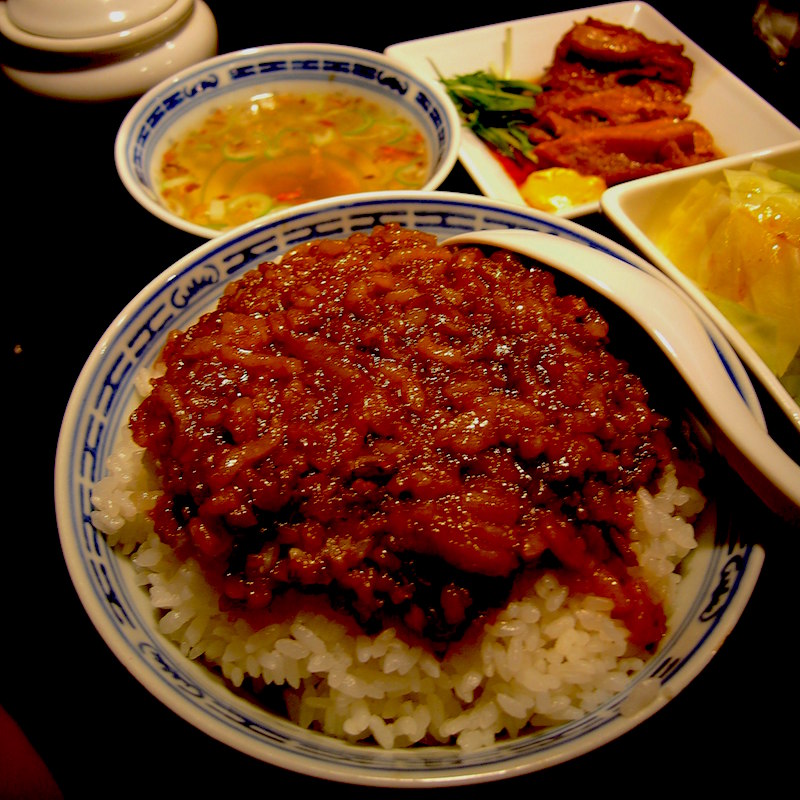by Rob Mclaren
語言:
English
Photo Credit: cegoh/Pixabay/CC
TAIWAN”S MINISTRY of Health and Welfare (MOHW) recently issued a statement reminding vendors who want to label their products as health foods that the limit on free sugar content in registered health food products is 25 grams or 6 teaspoons per serving. Health foods with 17 grams or more must have a health warning of the sugar content and a warning to limit sugar consumption. There are a few problems with their statement and with sugar itself, but before I explain why, its important to have some background on the dangers of sugar and how the MOHW decision was made.
Sugar is everywhere from snack bars to potato chips and pretty much everything in-between. Its found in so many foods these days that you have to try really hard to avoid it. Even if you don’t eat chocolate bars and foods that you expect to have sugar you could be getting it from some surprising places. Some salad dressings can have up to 10 grams of sugar in 2 tablespoons, a small pot of yogurt can have over 36 grams in it and some healthy cereals can have up to 20 grams of sugar. Even if you look at the ingredients list on the back of foods you might not find any sugar listed as there are over 60 names for sugar some as diverse as Ethyl Maltol, Maltodextrin, Refiner’s Syrup and Barley Malt just to name a few.
 Photo credit: jzest/WikiCommons/CC
Photo credit: jzest/WikiCommons/CC
The World Health Organisation (WHO) recommends that the daily free sugar intake for an adult who consumes 2000 calories per day should be 50 grams (10 teaspoons), or 10% of their daily caloric intake. Free sugars are defined as sugars added to foods by the manufacturer, plus sugars naturally present in honey, syrups, and fruit juices. So apple juice with no added sugar and apple juice with added sugar has free sugars in it. They suggest that a further reduction to 5% or 25 grams per day would provide additional health benefits. To give you an idea of how much sugar that is, 1 tablespoon of ketchup about the size of the packet you get at McDonalds has 4 grams of sugar (1 teaspoon) and a can of soda (330 ml) has about 39 grams (10 teaspoons). If you ate 3 tablespoons of ketchup and drank a can of soda you would be over your daily intake of sugar.
The WHO estimated in 2014 that there were over 2 billion overweight adults at that time, of which over 500 million were obese. An estimated 5% of all deaths worldwide each year are caused by complications from obesity. The quality of life is also lower for those with obesity for reasons such as depression, sleep apnea and work disabilities. The financial cost worldwide is an estimated $2 trillion USD a year in medical costs and lost productivity.
There are many problems caused by obesity, the most common being Type 2 diabetes mellitus (DM). DM is when your body has problems using the insulin it produces. This is different from type 1 diabetes, which is when your body can’t make insulin. DM is usually caused by an unhealthy lifestyle that causes obesity. In Taiwan, between 2008-12, DM was the 5th highest cause of death with nearly 42,000 or 6.1% of all deaths. DM rates have been steadily rising around the world for the last 30 years and what was once considered a disease of middle aged men is now afflicting more and more children. The good news is that studies have found that by changing diet habits, namely decreasing sugar intake and exercising regularly can fully reverse the symptoms of type 2 diabetes.
Sugar contains two molecules: glucose and fructose. We need glucose for energy which we have in our blood and if we need more, our bodies make it out of fats and proteins. We don’t need or use fructose which is converted to fat in our liver and sent into our bloodstream. A diet high in fructose also prevents leptin from working properly. Leptin is a hormone that is secreted from fat cells that tells the brain that we should stop eating as we have had enough food. As the liver releases fats into the bloodstream, the fats block the leptin from reaching the brain causing us to eat more. Fructose doesn’t cause satiety or the feeling of being full after eating, making us eat more.
 Photo credit: 玄史生
Photo credit: 玄史生
Whenever we do something good, our brains release a neurotransmitter called dopamine. Dopamine works in the reward center of the brain and is released anytime we do something good. This is so we repeat what we did to make us feel good. When people take nicotine or cocaine it blocks the uptake of dopamine and causes us to feel really good. Sugar has the same effect on our brains as these drugs. The more sugar we eat the more reward we get. This can cause an addiction in some people over time.
But to return to the MOHW statement, the daily sugar intake the WHO recommends comes from an assumption that everyone eats 2000 calories a day. Women and children generally consume fewer calories than this so their sugar intake will be lower. If we do use the WHO recommendations, it’s difficult to understand how the MOHW can recommend that food with a sugar content of 50% of your daily intake is healthy. People are more likely to buy more of something if they think is healthy. If they think a drink with 25 grams of sugar in it is healthy and have 2 a day, then that is their daily sugar intake. They might later reward themselves with a sweet treat, which makes their sugar intake even higher. Considering that DM is the 5th highest cause of death in Taiwan, then the MOHW are certainly not looking after the health of the people of Taiwan. If anything, it seems they are looking after the interests of the companies that produce high sugar food and drinks.
As an after note it is ironic that in the same week the MOHW announcement Luis Ko (高志明) the CEO of I-Mei Foods, the corporation that owns 7-11 in Taiwan, and movie director Wu Nien-jen (吳念真) announced they want Taiwanese youth to say no to drugs. Wu said drugs are a serious problem in Taiwan because they are cheap and easy to package, which tempts more people to try them. Does this mean he wants them to stay away from the sugar-filled foods from 7-11?

